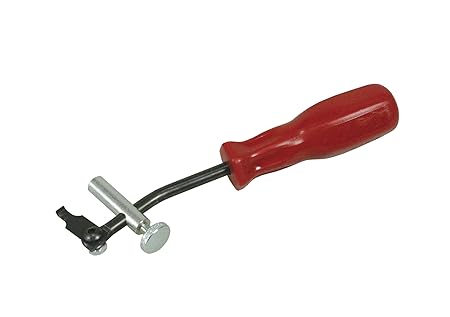Also can someone explain how the tensioning of the belt works, specifically?
The initial timing belt tension is achieved by an eccentric pulley that is torqued into the belt. Once the initial tension is set via the eccentric pulley, the hydraulic tensioner is released. This allows automatic tension adjustment as the belt stretches.
Is it necessary to replace the actuator, and what does it do?
If you're replacing the rest of the components, replace the hydraulic tensioner. I replaced everything EXCEPT the tensioner and it subsequently failed and fragged my engine. The purpose of the tensioner is to hold constant tension on the belt as it stretches with both age and RPM.
I have never done a timing belt ever, so a lot of these things are new to me, I think if I work slowly and ask a lot questions, I can accomplish this.
You most certainly can, but keep in mind that the timing belt tensioning process is particularly complicated on this engine. Not impossible if you follow the instructions, but it has many more steps than the pull-the-pin-and-tighten-the-bolt type of belts, which creates a lot of opportunities for human error, and interference engines are not forgiving. Here's a quick step-by-step of the tensioning process:
- Bolt the new tensioner in place (threadlocker on one bolt, sealer on the other) and torque to spec. DO NOT PULL THE PIN.
- Add threadlocker to the pulley bolt and loosely install the pulley with the two little holes facing DOWN.
- Simultaneously turn the crank clockwise and the passenger side cam counterclockwise to remove all the slack from the tension side (drivers side) of the belt.
- Wedge a piece of wood or other non-marring material between the pulley and pulley bracket (passenger side of pulley) and SLOWLY rotate counterclockwise. The pulley should press into the belt and the bracket should press into the tensioner piston.
- As you SLOWLY rotate the pulley with one hand, test the tension of the pin on the tensioner by trying to slide it part of the way out.
- Once the pin moves freely, torque the pulley just a little bit more and torque the pulley bolt to spec. This is tricky because you'll be turning the pulley counterclockwise and the bolt clockwise. When you're done the pin should still slide in and out easily. If not, do it again.
- Turn the engine via the crank one or two revolutions and let it sit for a few minutes to let the tensioner relax.
- Measure the gap between the pulley bracket and the face of the tensioner. IIRC, it should be between 3.8mm and 5mm. If it's high or low, redo the tensioning process and apply more or less tension to the pulley as required.
- Once it checks out, put it back together and fire it up.

